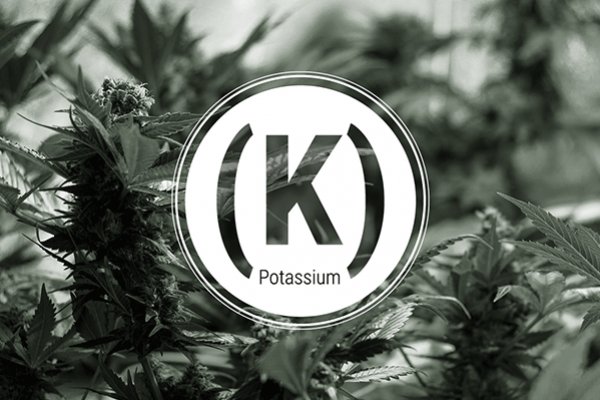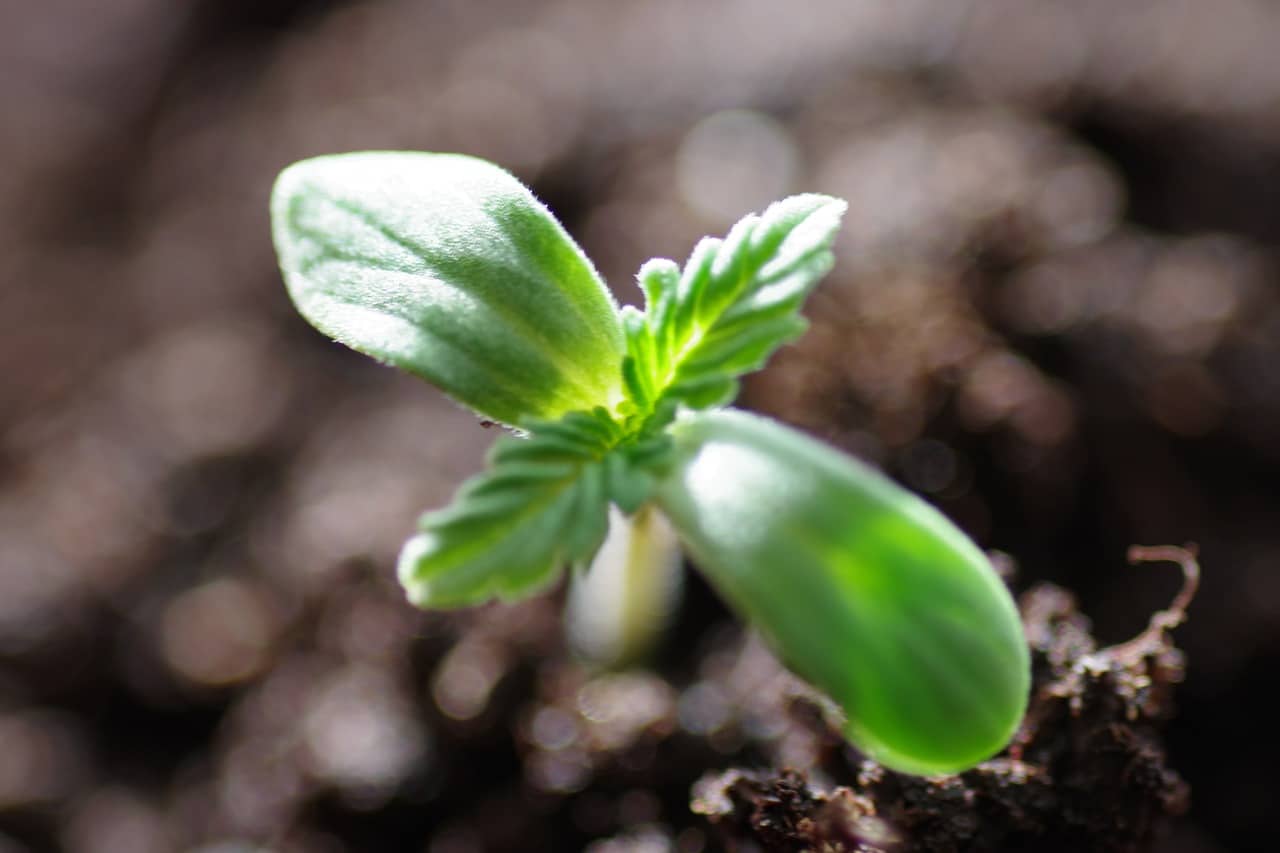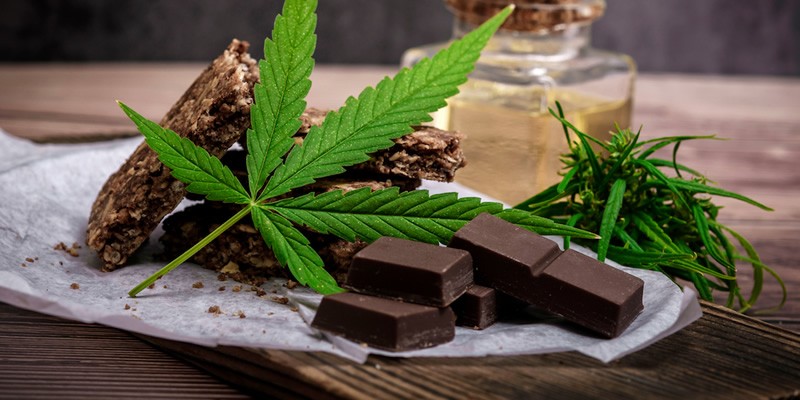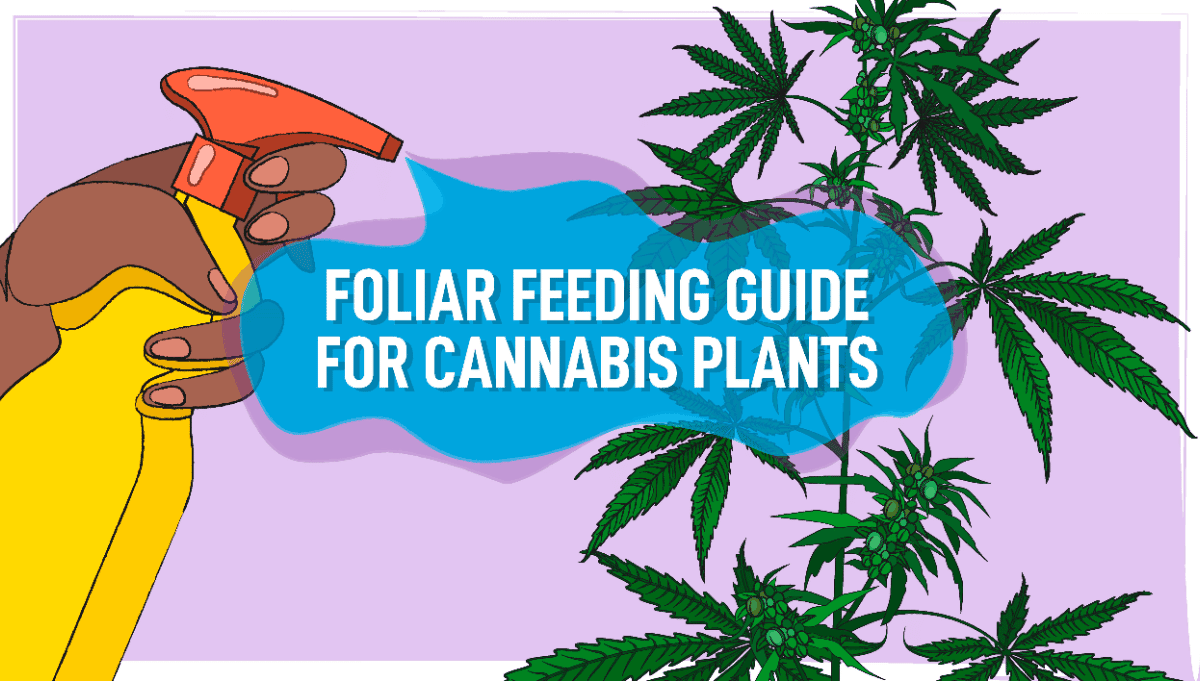No products in the cart.
Marijuana Education
Understanding and Treating Potassium Deficiency in Cannabis Plants
When it comes to growing cannabis, we must leave behind all kinds of knowledge about plants since the process is completely different, they use different methods and nutrients for their successful growth. Its growth takes place in approximately two months and a simple mistake, it can spoil your entire process. As for the problems that can occur, there is potassium deficiency. We realize this by watching the plant change its color and texture. So we want to avoid this so that you have a profitable harvest. Our article will go through everything you need to know about Cannabis Potassium Deficiency.
It can happen to any grower, be it advanced or just starting out, this can be of great importance to everyone. Understand what your plant uses for potassium, when it is, as well as solutions to manage its deficiency. It is a matter of just knowing how to treat it, not only because it shows signs of disease means that it can no longer be saved.
What is potassium?
Potassium plays too important a role in the growth of your plant, since it is responsible for the plant to carry out its photosynthesis, that is, it is responsible for the entry and exit of carbon dioxide from the plant, as well as giving it its nutrients from its root. It also helps to produce adenosine triphosphate (ATP). Think of you when you lack oxygen in your body, you cannot perform its functions well, due to oxygen deficiency, the same happens with potassium and your plant, having a low potassium level causes its roots not to distribute its nutrients, it performs its photosynthesis and it does not even grow due to the little CO2 it receives.
What are the signs of potassium deficiency in growing weed?
Regardless of what your favorite growing method is, whether you grow it indoors or outdoors, you should always keep an eye on the plant and see its changes, whether positive or negative, and dedicate quality time to it. Taking pictures of the process helps to see strengths or weaknesses. Here are some signs to watch out for:
Marks
A healthy plant has shiny green leaves, when there is a potassium deficiency, you can see brown spots on the leaves, and there you can tell that it exists or there is something wrong with them.
Color
Chlorophyll is the pigment in charge of giving the green color to the leaf, when the adequate amount of CO2 is not received, the plant begins to send signals that it is sick, such as its light brown or yellow leaves and this worsens as the plant grows, drying out more and more.
Texture
And last but not least the texture of the plant will feel dry and will wrinkly very quickly when it starts to look brown, you can still bring your dried potassium plant back to life.
How to handle cannabis potassium deficiency?
It is good to immediately know the cure or the methods responsible for bringing your plant back to life, carrying the instruments and the necessary knowledge for its eventual recovery, so you can guide yourself with the following aspects.
Check the distance of the lights
Plants can dry out to the point that they can even have burns, and many times it is believed that it is due to a lack of potassium, so it is important that your plants have the appropriate distance from bulbs or lights you use, the closer you are, the more the plant will suffer.
Evaluate the nutrients used
When you find your plant sick, many times, growers abuse the use of other nutrients, forgetting potassium. It is best to give the plant (after rinsing) a supplement that is balanced in NPP or nitrogen levels, as well as phosphorus and potassium for its recovery.
Take time to adjust the pH levels
The soil as an essential part of the growth of the plant has pH levels that often affect its growth and flowering process. To prevent this from happening, it is best to keep the pH below or above 6.0 to 7.0. Before using a supplement, to remove excess nutrients, water with a neutral pH is of great help.
Takeaways
When you grow a marijuana plant, it is as if you had a child, from that moment on it is your total responsibility for its success, as long as you see a change in color, texture and how your plant looks it will be easy for you to identify its deficiency potassium. Knowing that will save your wallet and time when treating your plant for a deficiency like this.






